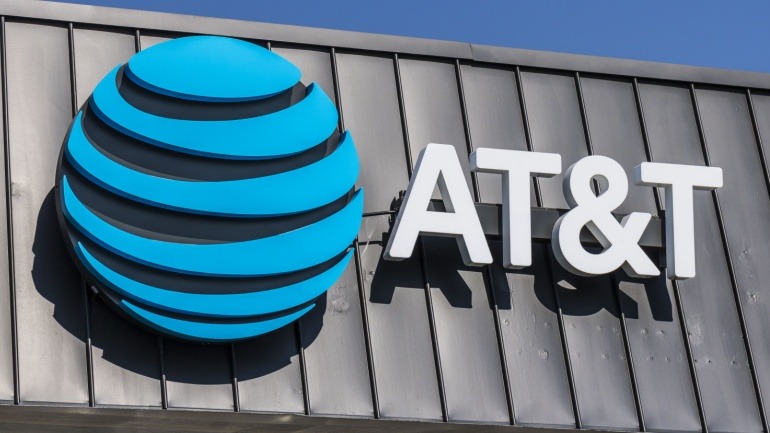The Stargate Project, backed by OpenAI, SoftBank, Oracle, and MGX, promises to revolutionize AI infrastructure with a $500 billion investment. Key players like Oracle and OpenAI are driving this initiative to reinforce American leadership in AI.
Rakuten Mobile is amplifying its presence in the U.S. to push Open RAN forward, a key focus of the NTIA’s Public Wireless Supply Chain Innovation Fund. This move aims to strengthen the telecommunications supply chain and foster competition in the wireless sector.
The U.S. government’s recent $273 million allocation through the Wireless Innovation Fund marks a pivotal advancement in the realm of VoIP and wireless technology. By promoting Open Radio Access Networks (Open RAN), this initiative supports the creation of cutting-edge Open Radio Units (ORUs), propelling the telecommunications industry’s VoIP capabilities and competitiveness.
The U.S. Department of Commerce has tightened restrictions on China’s access to advanced semiconductors critical for military and AI technologies. New rules target manufacturing equipment, high-bandwidth memory, and compliance measures while adding 140 entities to the Entity List.
DIDWW has launched toll-free A2P SMS messaging services in the USA, enhancing business communication capabilities. This empowers businesses to efficiently engage customers via VoIP, automate operations, and increase trust.
DIDWW’s introduction of toll-free inbound SMS in the USA is set to improve VoIP services, enhancing business communication by integrating voice and messaging capabilities. By offering two-way communication on DID numbers, DIDWW enables brands to elevate customer service, streamline operations, and improve interactions through efficient virtual phone numbers.
AT&T has recently finalized new contracts with the Communications Workers of America, impacting 23,000 employees. These agreements bring wage hikes, better healthcare, and increased job security, aligning with AT&T’s strategy.
The Federal Communications Commission (FCC) has breathed new life into a stalled initiative aimed at extending 5G network coverage to America’s rural areas. The rejuvenated program, named the 5G Fund for Rural America, seeks to allocate $9 billion over the next decade to bring 5G connectivity to 14 million homes and businesses in regions currently overlooked by operators due to financial impracticalities.
The Idaho Broadband Advisory Board (IBAB) has approved the allocation of $120 million from the Idaho Capital Projects Fund to support 18 broadband initiatives, providing a significant boost to over 30,000 homes and businesses across the state. In collaboration with the state government, the advisory board strategically targeted projects to enhance crucial areas including distance learning, telehealth, telework, economic development, and public safety.
A recent report by the Fiber Broadband Association (FBA) reveals that fiber internet has now reached over half of U.S. households, surpassing 51.5% of primary homes. The survey, conducted by RVA LLC Market Research and Consulting on behalf of FBA, highlights 2023 as a record-setting year for annual fiber-to-the-home growth, with network operators connecting an unprecedented nine million new homes.












